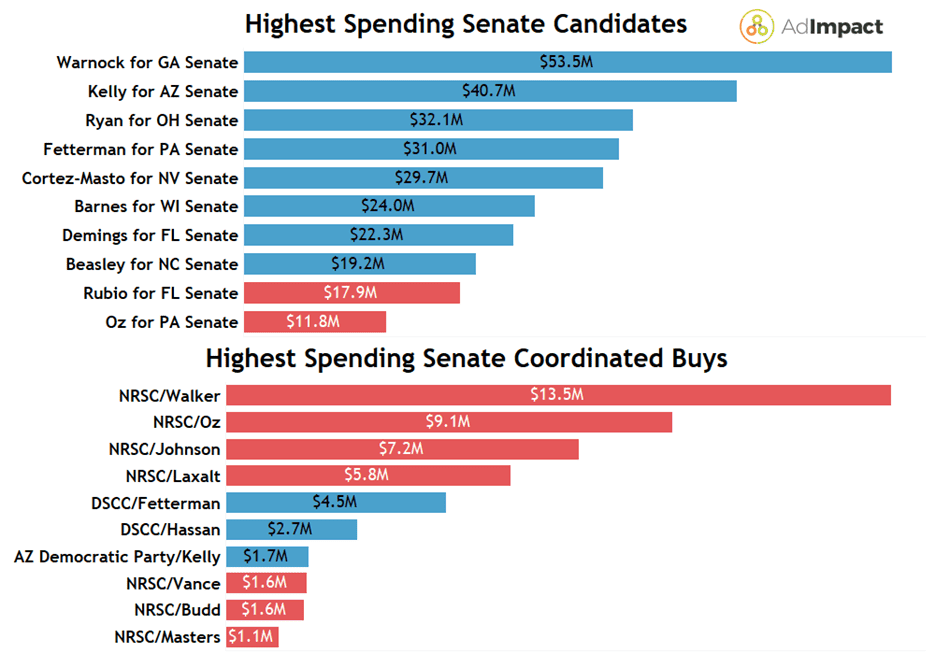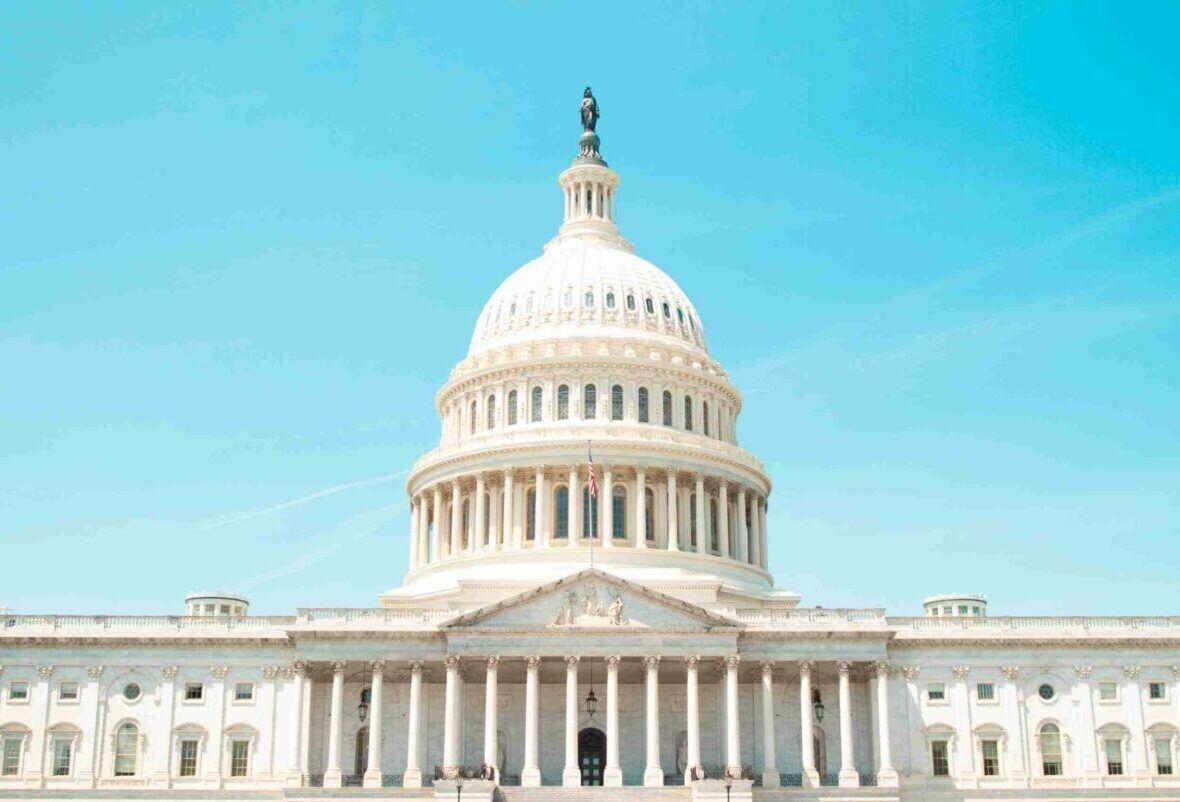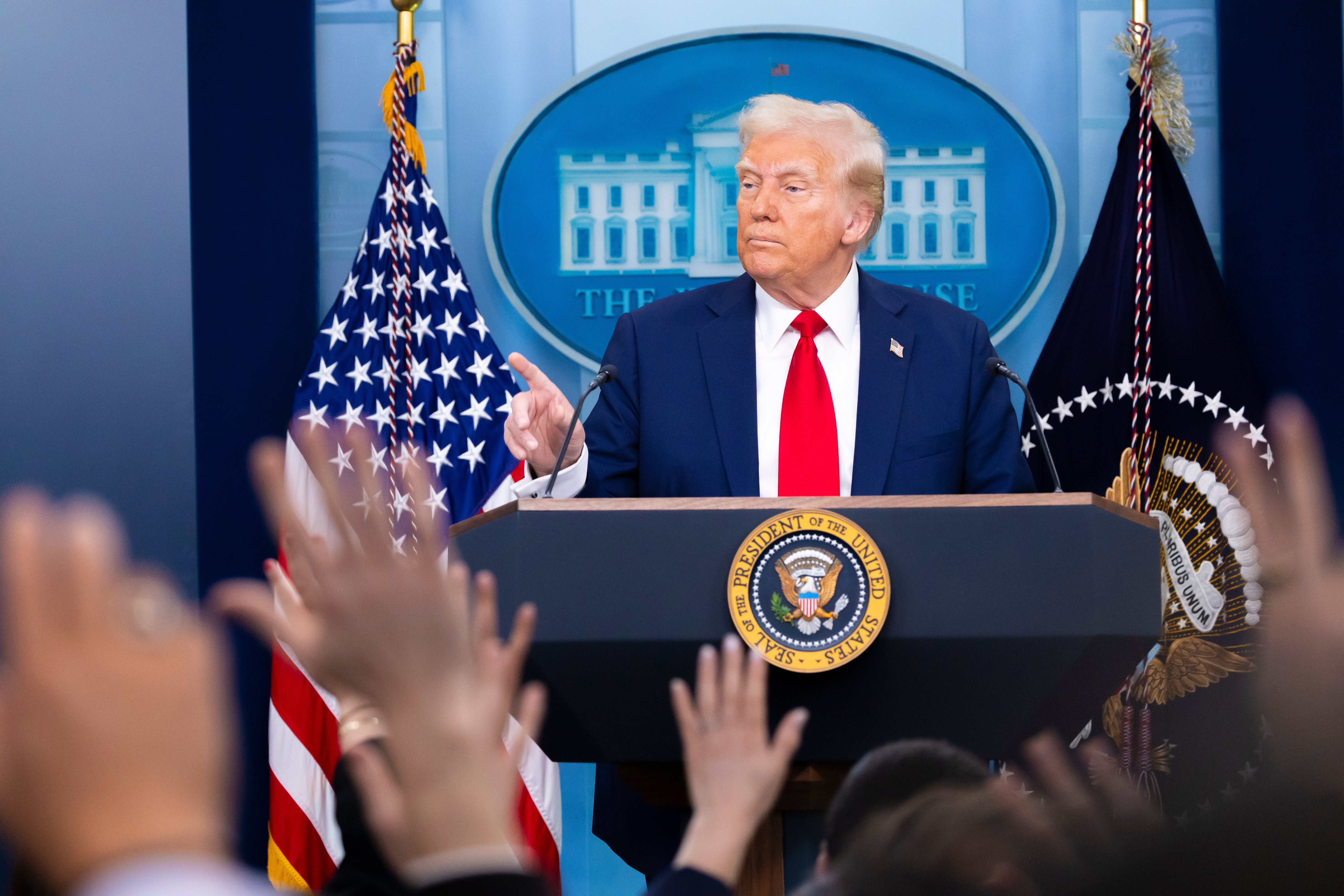Written by Nadia Innab
With less than a week before the midterms, several Senate races remain unpredictable. Democrats currently hold the majority by way of the Vice President, but this year’s midterms have the potential to flip power to Republicans. This year, we saw $1.7B placed on ads for Senate races. Issue groups made up $1B of the total midterm senate spending. In 2020, we recorded $2.5B in Senate spending, with issue groups spending $1.3B.
According to Cook Political Report, the 5 Senate races considered toss-ups that have the highest potential of swaying the majority are in Arizona, Nevada, Georgia, Pennsylvania, and Wisconsin. According to FiveThirtyEight, the party that wins two out of the three tightest races will likely win the Senate majority, making these five states crucial for both parties. Even though Florida is listed as “Likely Republican,” that race has recorded $66M.
The five toss-up states make up the top five in terms of most spending recorded in Senate races. In total, they make up $1B of the total $1.7B in spending, which is almost 60% of total Senate spending we saw in all 34 states that have Senate seats up for grabs this year. Pennsylvania is leading with $250M, Georgia is close behind with $240M, and Arizona has pooled in $190M. Each of CNN’s “Ten Most Likely to Flip” Senate races are in the top ten in terms of most money placed in ad buys.

Issue groups spent over half of the overall spending for Senate races, totaling $1B. Candidate campaigns spent $650M and we saw $64M from coordinated buys.
Of the top spending Senate hopefuls, just two of the top ten candidate campaigns are Republicans. This is surprising as Cook Political Report has 21 Senate races listed as leaning Republican and just 14 leaning Democrat. The only races to have both candidates in the top ten highest spending candidates is Pennsylvania senate, with Mehmet Oz (R) and John Fetterman (D), and Florida Senate with Val Demings (D) and Marco Rubio (R) spending in the top ten.
The highest spending candidate campaign in the senate races was Raphael Warnock (D), who outspent the second highest spender by almost $13M. Warnock, who won in a runoff in 2020 is running against Republican Herschel Walker. Warnock has spent $54M while Walker has spent $11M in the general election. However, the highest spending coordinated buy between PACs and Senate candidates is a buy between the NRSC and Walker, totaling over $13M in spending. In the most recent poll, Warnock is leading over Walker by just one point.

While candidate spending was dominated by Democrats, coordinated buys seemed to be dominated by Republicans. Seven of the top ten highest spending coordinated buys in Senate races were from Republicans. In total, Republican coordinated buys spent four times as much as Democratic coordinated buys.
Senate Leadership Fund tops issue group spending in Senate races, with a total of $205M pooled across nine Senate races. The Republican group has focused its efforts in Georgia, Pennsylvania, and North Carolina; each of those states have recorded over $30M in spending from SLF. The next highest spending issue group in Senate races is the Democratic counterpart to SLF, Senate Majority PAC with $176M across seven different Senate races. Senate Majority PAC was consistently outspending Senate Leadership Fund until September, but SLF has since placed over $202M between September and November.

Other notable groups spending across multiple races are NRSC and its Democratic counterpart DSCC. NRSC recorded $25M while DSCC saw $41M. Pennsylvania, Arizona, and Nevada all saw more spending from Democratic groups than Republican groups. This is on track with our projections to be some of the highest midterm Senate spending in an election cycle, and we will see how spending impacts outcomes in less than one week.









